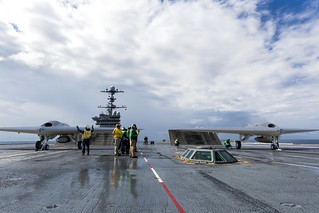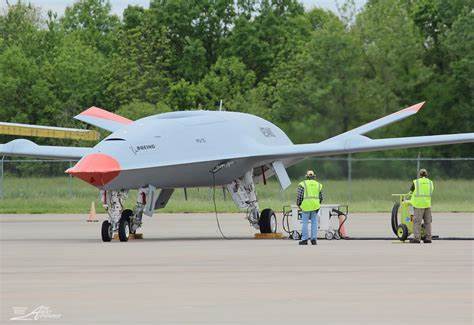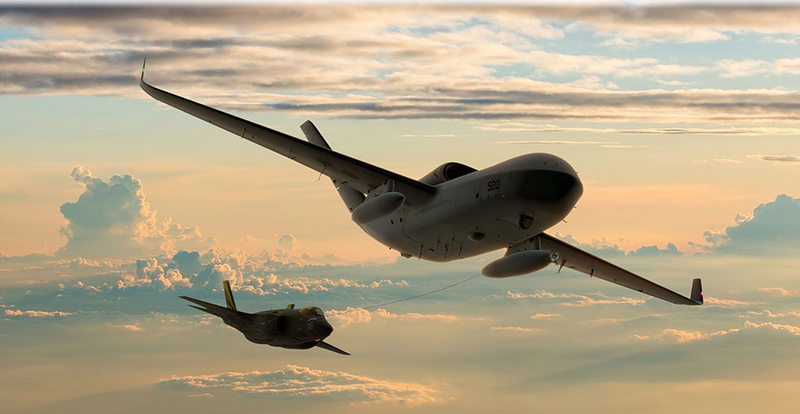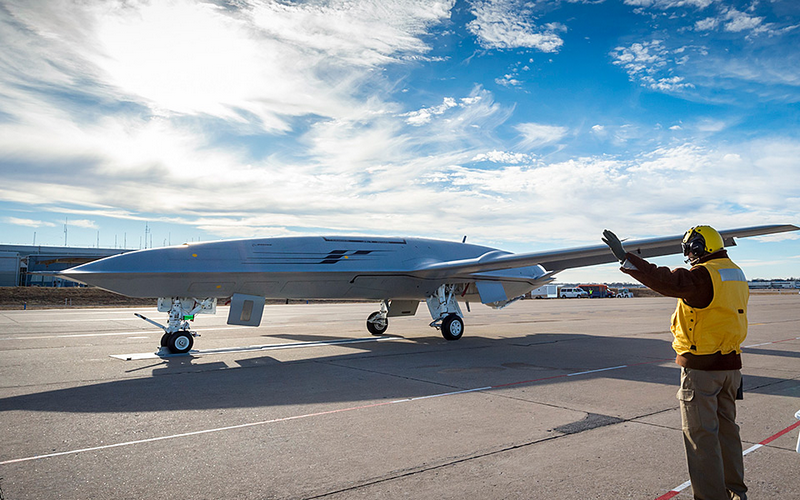
Boeing’s venture into a novel era of naval aviation has reached a pivotal moment with successful software tests that expand the operational capabilities of its MQ-25 Stingray autonomous refueling jet.

Notably, on May 1, 2024, pilots aboard the F/A-18 Super Hornet have, for the first time, remotely controlled the unmanned tanker to facilitate aerial refueling, leveraging the advanced communication systems already present on the platforms.

The software will allow the unmanned MQ-25 to conduct aerial refueling with crewed US Navy (USN) fighters, such as Boeing F/A-18E/F Super Hornets and Lockheed Martin F-35Cs.

The MQ-25 marks the navy’s inaugural operational carrier-based unmanned air system, with the ability to launch and retrieve in a similar fashion to the service’s manned fighters.

“MQ-25 is primarily intended to receive instructions from air vehicle pilots aboard an aircraft carrier,” explains Alex Ewing, Boeing’s lead for F/A-18 new product development.

“With this software, a secondary capability will be introduced, allowing pilots to initiate commands directly from their cockpit.”

Juan Cajigas, director of Boeing’s Advanced MQ-25 program, emphasized the advancement, stating that, “To be able to direct the activities via a single pilot, safely and efficiently, is a major step forward in aerial refueling technology.”

Boeing is currently in the process of developing an operational version of the Stingray for the navy, with plans to procure 76 of these unmanned jets as outlined in fiscal year 2025 budget documents.

The navy intends to have at least 67 operational MQ-25s to support USN carrier air wings.

In February, Boeing delivered the initial MQ-25 example—a static test article—to the navy.

According to the most recent schedule, the navy aims to achieve initial operational capability with the MQ-25 fleet in the latter half of 2026, with 13 aircraft slated for delivery.

The MQ-25 stands as the navy’s first operational carrier-based unmanned air system, capable of launching and recovering in a manner similar to crewed fighters without the need for a remote pilot.

It leverages advanced flight control algorithms and planning software to conduct missions and autonomously return to the carrier.

The MQ-25s will assume the responsibility of refueling fighter aircraft at sea, a role currently fulfilled by F/A-18 Super Hornets that are repurposed from combat missions to serve as makeshift tankers.

The navy anticipates that incorporating the tanker capability of the MQ-25 will help alleviate the shortage of available combat aircraft and reduce strain on the service’s Super Hornet airframes, thereby extending the operational lifespan of these versatile strike fighters.
Relevant articles:
– News Releases, PR Newswire
– Boeing tests software allowing pilots to control MQ-25 autonomous refuellers, FlightGlobal
– Boeing demonstrates MQ-25′s utility as surveillance drone, Defense News
